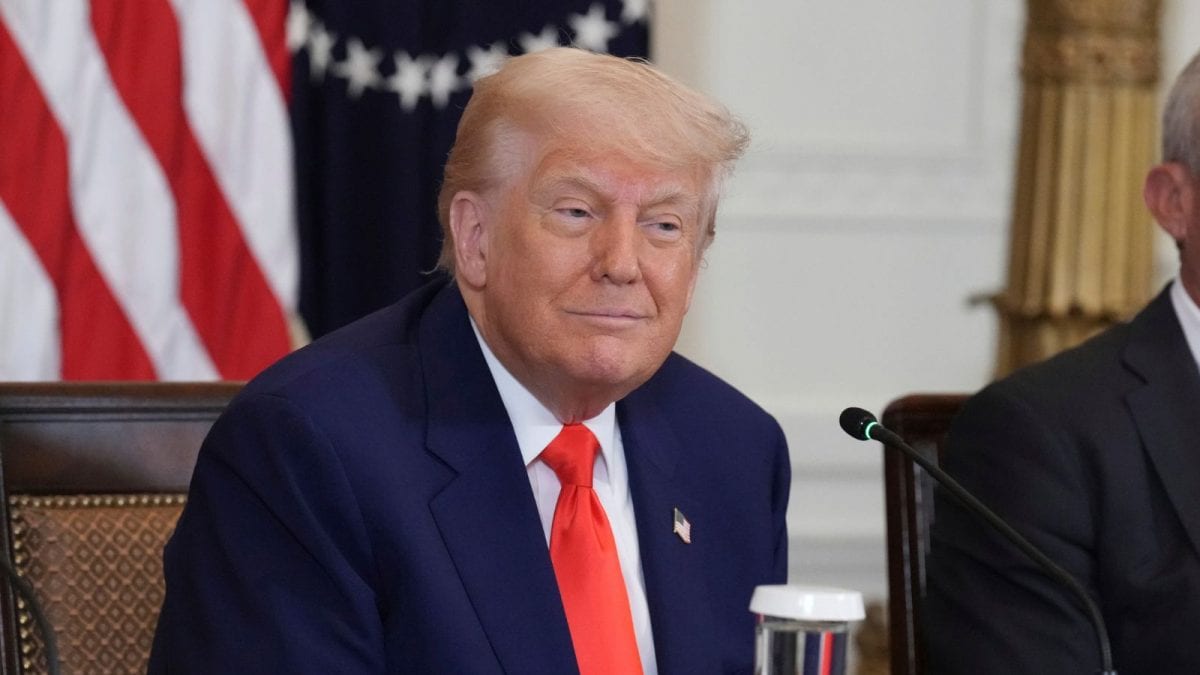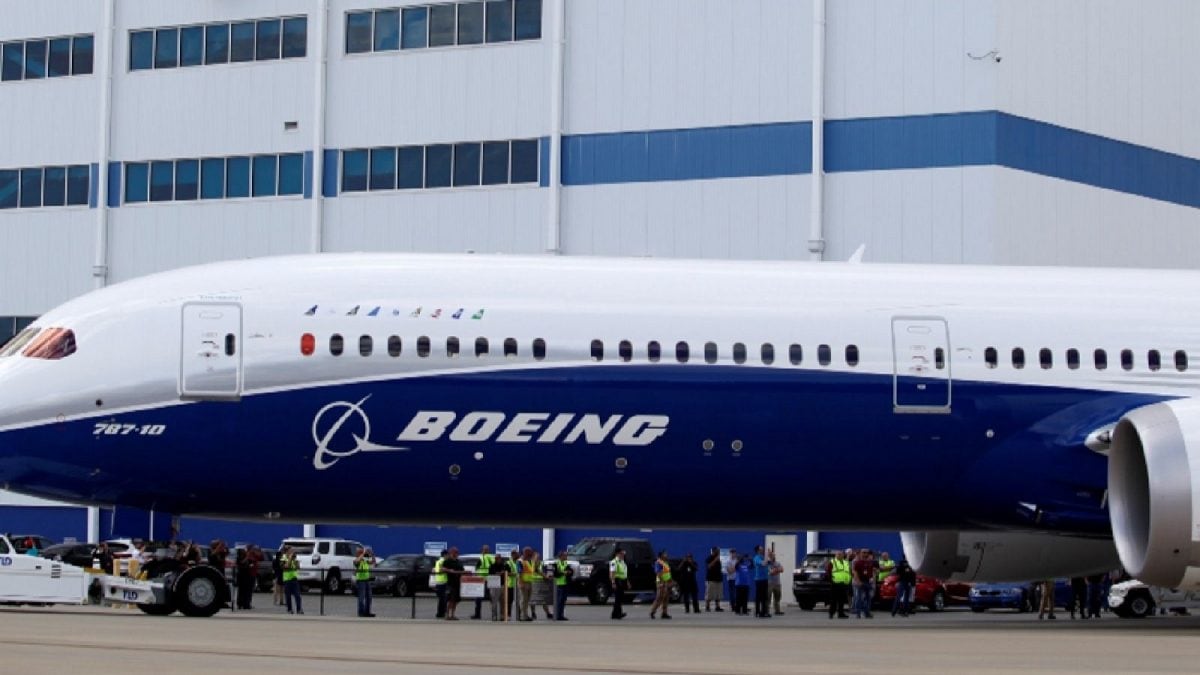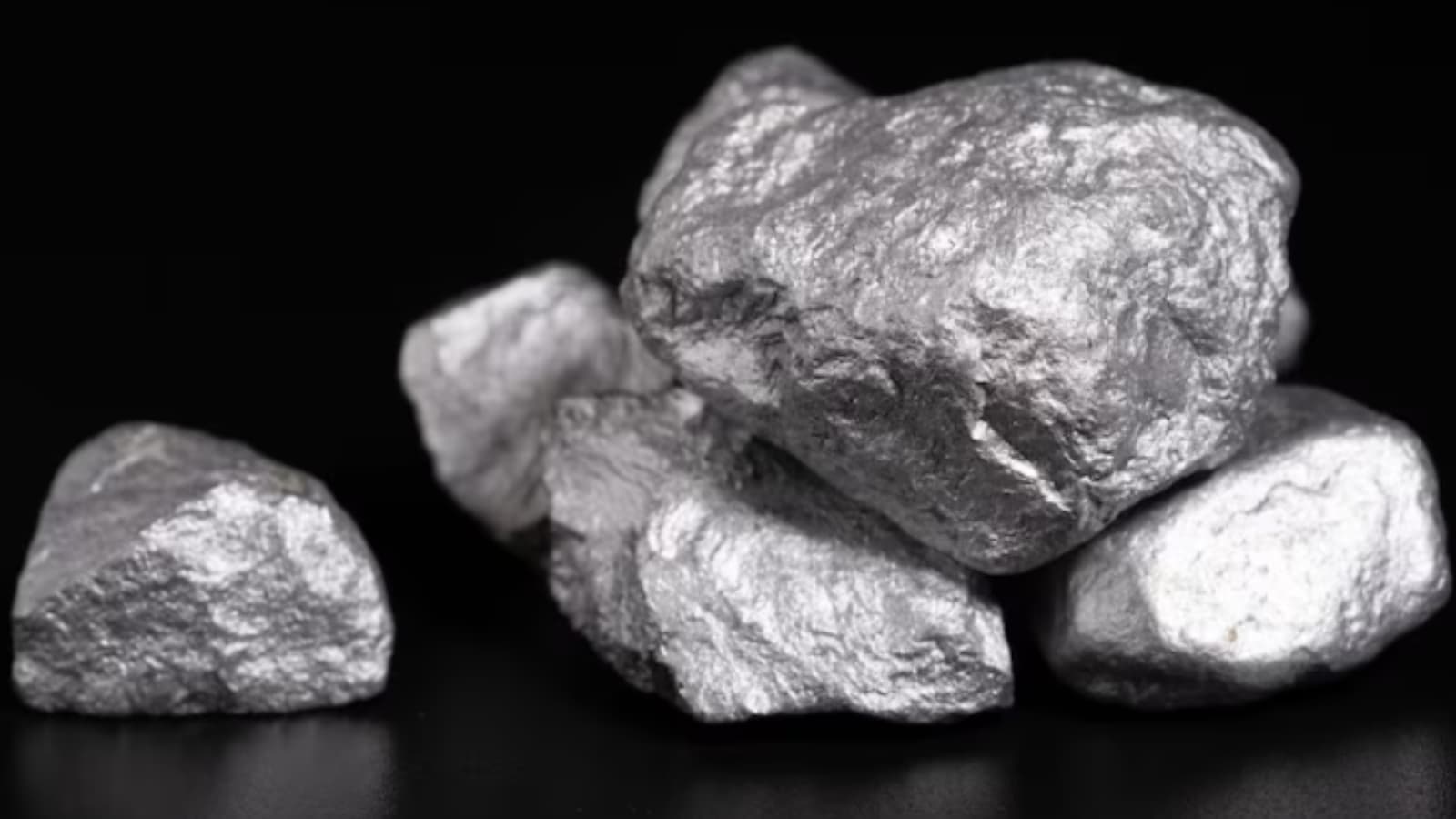Last Updated:June 11, 2025, 16:32 IST
According to the Pakistan Economic Survey, the country’s donkey population has increased from 5.5 million in 2019–20 to over 6 million in 2023–24.

Dedicated farms and processing facilities have emerged in cities like Okara and Gwadar to support the trade.
Pakistan’s growing livestock export sector has found an unlikely star: the humble donkey. In recent years, the country has quietly become a key supplier of donkeys to China, where demand for their hides- used in traditional medicine- has created a billion-dollar industry.
According to the Pakistan Economic Survey, the country’s donkey population has increased from 5.5 million in 2019–20 to over 6 million in 2023–24, even as horse and mule numbers remain flat. This unusual growth is largely attributed to Chinese demand for ejiao, a gelatin extracted from donkey hides and used in traditional Chinese medicine for purported benefits such as improved blood circulation and anti-aging.
Why China Wants Donkeys From Pakistan?
China’s domestic supply has sharply declined in recent decades, prompting it to look abroad. With several African nations placing restrictions on donkey exports, Pakistan has become one of the few countries willing to meet this demand.
Dedicated farms and processing facilities have emerged in cities like Okara and Gwadar to support the trade. A $7 million donkey processing plant was recently opened in Gwadar, with plans to export up to 200,000 donkeys annually. Special breeds, including imported American mammoths, are also being reared to serve the market.
How Exporting Donkeys Is Hurting Pakistan?
While officials have described the development as an economic opportunity, concerns are rising domestically. Donkeys are a critical livelihood asset for many low-income communities in Pakistan. Used for transporting goods, water, and waste in both rural and urban areas, these animals are often central to a family’s income.
However, with export-driven demand pushing prices up, many workers are struggling to afford replacements. In cities like Karachi, a donkey that once cost Rs 30,000 can now sell for up to Rs 2 lakh.
Adding to the issue, Chinese buyers are reportedly offering high prices for even weak or sick animals- sometimes up to Rs 40,000- just for their hides. This has distorted local markets and left poorer Pakistanis competing with exporters for basic working animals.
When not reading, this ex-literature student can be found searching for an answer to the question, "What is the purpose of journalism in society?"
When not reading, this ex-literature student can be found searching for an answer to the question, "What is the purpose of journalism in society?"
China
First Published:News world Made In China No More? Beijing Goes Wild For Pakistani Donkeys. Here's Why

 1 day ago
1 day ago


















